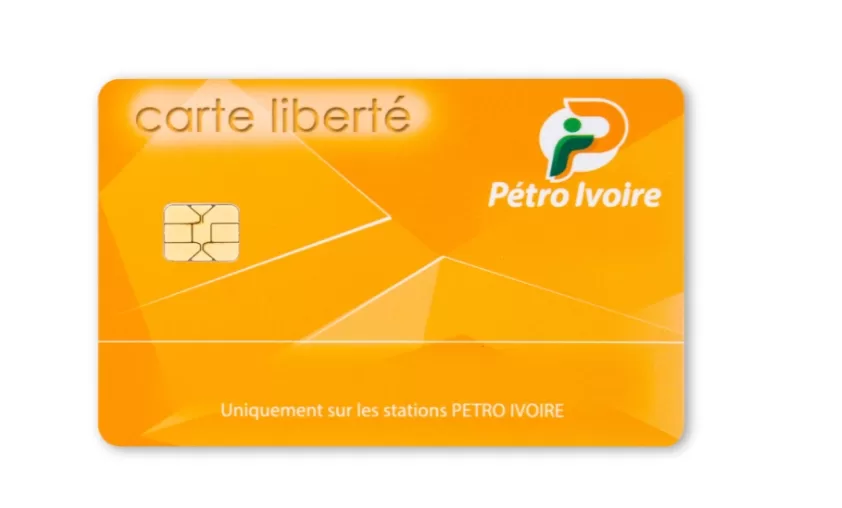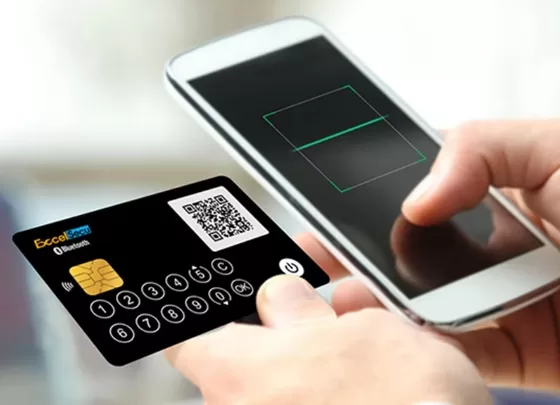
How can I pre-load data or applications onto the J3R150 EMV card?
J3R150 EMV cards are powerful tools for secure transactions and digital identity management, making them a top choice for many businesses and consumers. This blog post covers the entire process of preloading data or applications onto these cards, ensuring that users get the most out of their J3R150 EMV card.
Understanding J3R150 EMV Cards
Before diving into the specifics of preloading data or applications onto J3R150 EMV cards, it is essential to understand what makes this card unique. J3R150 EMV cards comply with EMV standards and ensure secure transactions by integrating sophisticated cryptographic features. This card typically contains a microprocessor that can run applications, securely store data, and facilitate complex transaction processes.
The versatility of J3R150 EMV cards allows them to be used in a variety of applications, from banking and payment systems to access control and authentication. Users can customize these cards to meet their specific needs, making them an ideal choice for businesses looking to enhance customer experience and security measures. Understanding the capabilities of J3R150 EMV cards lays the foundation for effective data preloading.

Preparing to Preload Data onto the J3R150 EMV Card
Preparation is vital to successfully preloading data or applications onto the J3R150 EMV card. First, make sure you have the proper hardware and software tools. Typically, this involves using an intelligent card reader, a compatible software development kit and programming tools explicitly designed for EMV cards.
Next, become familiar with the structure of the data you wish to load onto the card. This can include payment application data, user identification details, or access control credentials. Adhering to the specific data format required by the J3R150 EMV card is critical. This preparation phase is essential to a smooth, efficient preloading process because it lays the foundation for successful data management.
Using the Right Software Tools
Once you have your hardware and data ready, the next step is to use software tools for the J3R150 EMV card. Many manufacturers offer dedicated SDKs that provide the necessary libraries and APIs to facilitate data loading. These tools enable developers to create, manage, and securely store applications on EMV cards.
The software should support the ISO/IEC 7816 standard, which governs communication between smart cards and external devices. Familiarize yourself with the provided documentation, which outlines how to execute commands to load applications, manage security keys, and perform other basic functions. Using the correct software tools will not only simplify the process but also enhance the security and integrity of the data being loaded.

Steps to Preload Data onto the Card
To preload data or applications onto the J3R150 EMV card, Follow a systematic approach. Start by establishing a connection between the reader and the J3R150 EMV card. Initiate communication using the appropriate software tool. Validate the card to ensure you have the necessary permissions to modify its contents.
Once validation is successful, you can begin the data-loading process. This may involve sending commands to the card to create application files, writing data to those files, and configuring the necessary settings. It is essential to monitor any errors during this process to ensure that the data is written and stored correctly. Following these steps will help ensure a smooth preloading experience.
Security Considerations When Preloading
Security is a primary concern when preloading data onto a J3R150 EMV card. To protect sensitive information, implement strong cryptographic measures during the data loading process. Utilize secure channels for communication between the reader and the card to ensure data is encrypted during transmission.
In addition, it effectively manages access control by setting up authentication mechanisms to limit who can load or modify data on the card. Regularly update security protocols to ensure that the software tools you use meet the latest security standards. By prioritizing security during the preloading process, you can protect the card and the sensitive data it holds.

Testing and Validating Preloaded Applications on the Card
After preloading data or applications onto a J3R150 EMV card, the next critical step is testing and validation. This process ensures that the loaded application operates as expected and that the data is stored accurately. Start by conducting a series of tests that simulate actual usage scenarios to confirm that the card operates effectively.
Verify the integrity of the data by attempting to retrieve it and checking for discrepancies. If a problem occurs, troubleshoot to identify and correct it, whether related to data format, application compatibility, or communication errors. Testing and validation are critical to ensuring your investment in the J3R150 EMV card translates into effective and reliable performance.
Optimizing Your Experience Using the J3R150 EMV Card
Preloading data or applications onto the J3R150 EMV card can significantly enhance its functionality and usability. By understanding the card’s capabilities, preparing adequately, using the right tools, and prioritizing security, users can optimize their experience with this powerful technology. As users continue to explore the potential of EMV cards, mastering the preloading process will undoubtedly lead to better results and increased satisfaction with the technology.


